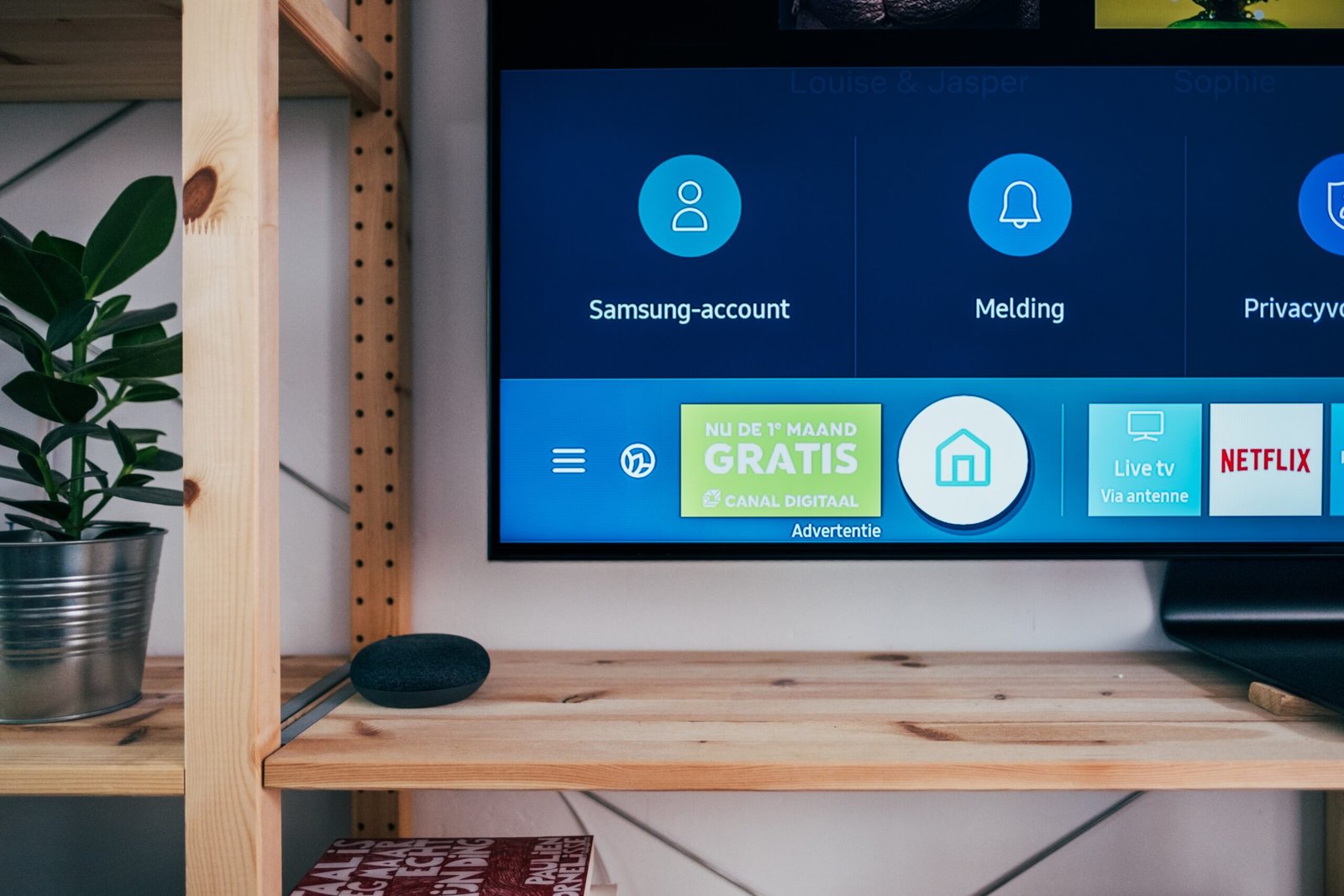
When it comes to television, cable has been a game-changer. It has revolutionized the way we consume content, bringing a vast array of channels and programs right into our living rooms. But have you ever wondered how cable technology has evolved over the years? In this blog post, we will take a trip down memory lane and explore the fascinating journey of cable, from its humble beginnings to the digital age.
The Birth of Cable Television
It all started in the 1940s, when the first cable television systems were developed to bring television signals to areas with poor reception. These early systems used coaxial cables to transmit analog signals, allowing viewers to access a handful of channels.
As the popularity of cable television grew, so did the number of channels available. Cable operators began to offer a wider range of programming, including premium channels like HBO and ESPN. However, the analog technology used by these systems had its limitations, such as limited channel capacity and signal degradation over long distances.
The Transition to Digital Cable
In the 1990s, cable television underwent a major transformation with the introduction of digital cable technology. This shift allowed for the transmission of digital signals, which offered several advantages over analog. Digital signals could be compressed, allowing for more channels to be carried over the same amount of bandwidth. The improved picture and sound quality of digital cable also enhanced the viewing experience for consumers.
Another significant development during this period was the introduction of set-top boxes. These devices, provided by cable operators, allowed viewers to access a range of interactive features, such as on-demand programming and electronic program guides. Set-top boxes also enabled the delivery of high-definition (HD) content, further enhancing the quality of the viewing experience.
The Rise of Fiber Optic Cable
In recent years, fiber optic cable has emerged as the next frontier in cable technology. Unlike traditional coaxial cables, which transmit signals using electrical impulses, fiber optic cables use pulses of light to carry information. This allows for faster and more reliable data transmission, making fiber optic cable ideal for delivering high-speed internet and advanced television services.
Fiber optic cable has paved the way for the development of services like video-on-demand, streaming platforms, and interactive TV. With fiber optic technology, viewers can now access a vast library of movies and TV shows at their convenience, without the need for physical media or traditional broadcast schedules.
The Future of Cable
As technology continues to evolve, so does the future of cable. One of the most exciting developments on the horizon is the integration of cable television with internet-based services. This convergence allows viewers to access a wide range of content from various sources, all through a single interface.
Another trend that is gaining momentum is cord-cutting, where consumers opt to cancel their traditional cable subscriptions in favor of streaming services. This shift in consumer behavior has prompted cable operators to adapt and offer their own streaming platforms, ensuring that they remain relevant in the digital age.
While the landscape of cable television may continue to change, one thing is certain: cable has come a long way since its inception. From analog to digital, and now to fiber optic, cable technology has transformed the way we watch and experience television. So the next time you sit down to enjoy your favorite show, take a moment to appreciate the journey that cable has taken to bring it to your screen.